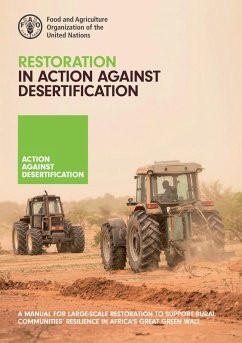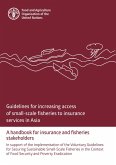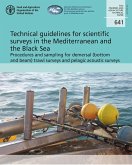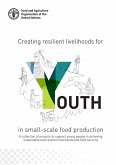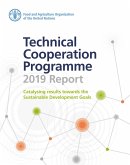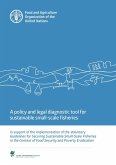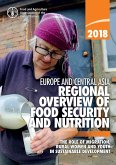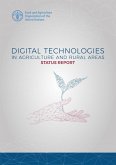It serves a dual purpose of consolidating biophysical operations and socio-economic assessments, and is mainly built on five-year interventions and practical experiences gathered through Action Against Desertification. The first part of the publication is a practical manual expressly created for stakeholders, partners, non-governmental organizations and community-based organizations. Its purpose is to guide the implementation of restoration operations at scale on the ground, as well as to provide detailed practical instructions based on the successful results obtained by Action Against Desertification. The manual describes how to implement an innovative approach to the large-scale restoration of degraded land for small-scale farming. This innovative approach consists of combining enrichment planting of native woody and fodder grass species and the preparation of large-scale land for rainwater harvesting and soil permeability. The second part of the manual introduces a methodology for socio-economic assessments. This easy to-to-use approach is based on household surveys and can be used by socio-economic experts to monitor, evaluate and assess the socio-economic impacts of the large-scale restoration interventions. Household surveys are not only used for impact assessment but can potentially serve to collect useful data needed to plan a restoration intervention. Quantitative information is collected through carefully chosen standardized questions to households as samples.
Dieser Download kann aus rechtlichen Gründen nur mit Rechnungsadresse in A, B, CY, CZ, D, DK, EW, E, FIN, F, GR, H, IRL, I, LT, L, LR, M, NL, PL, P, R, S, SLO, SK ausgeliefert werden.

